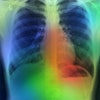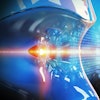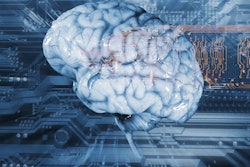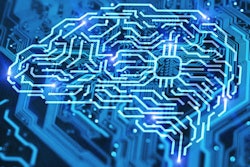Monday, November 28 | 9:30 a.m.-10:30 a.m. | M3-SSBR03-3 | Room E451A
In a double-reading breast cancer screening program, replacing one reader with artificial intelligence (AI) software can safely reduce about one-third of radiologist workload for low-risk cases, according to this talk.Håkan Gustafsson, PhD, from Linköping University Hospital in Sweden will discuss results from the first phase of a prospective clinical trial ongoing in the Östergötland province of Sweden. The trial is a simulation testing AI’s potential as a decision-support tool to help reduce workload in a double-reading breast cancer screening program.
Gustafsson and colleagues tested the AI technology on 15,468 digital mammography screening exams, including 53 screen-detected cancers, from a total of 15,468 women. Each mammography exam was double-read independently by two breast radiologists and processed by the AI system.
Exams deemed to be low-risk -- less than 7 on a scale of 1-10 -- were selected for single reading. Exams with an elevated risk, 7 or higher on the scale, were selected for double reading.
The researchers found that 10,473 exams (67.7%) received an AI score between 1 and 7, leading to a 33.8% workload reduction. Also, 52 out of 53 screen-detected cancers were picked up by the AI system and received a score of less than 7.
“The result from this study indicates that the workload in the biannual breast cancer screening program… could be substantially reduced, without any cancers being missed,” the team wrote.
Find out more about this triaging strategy at the meeting.




















